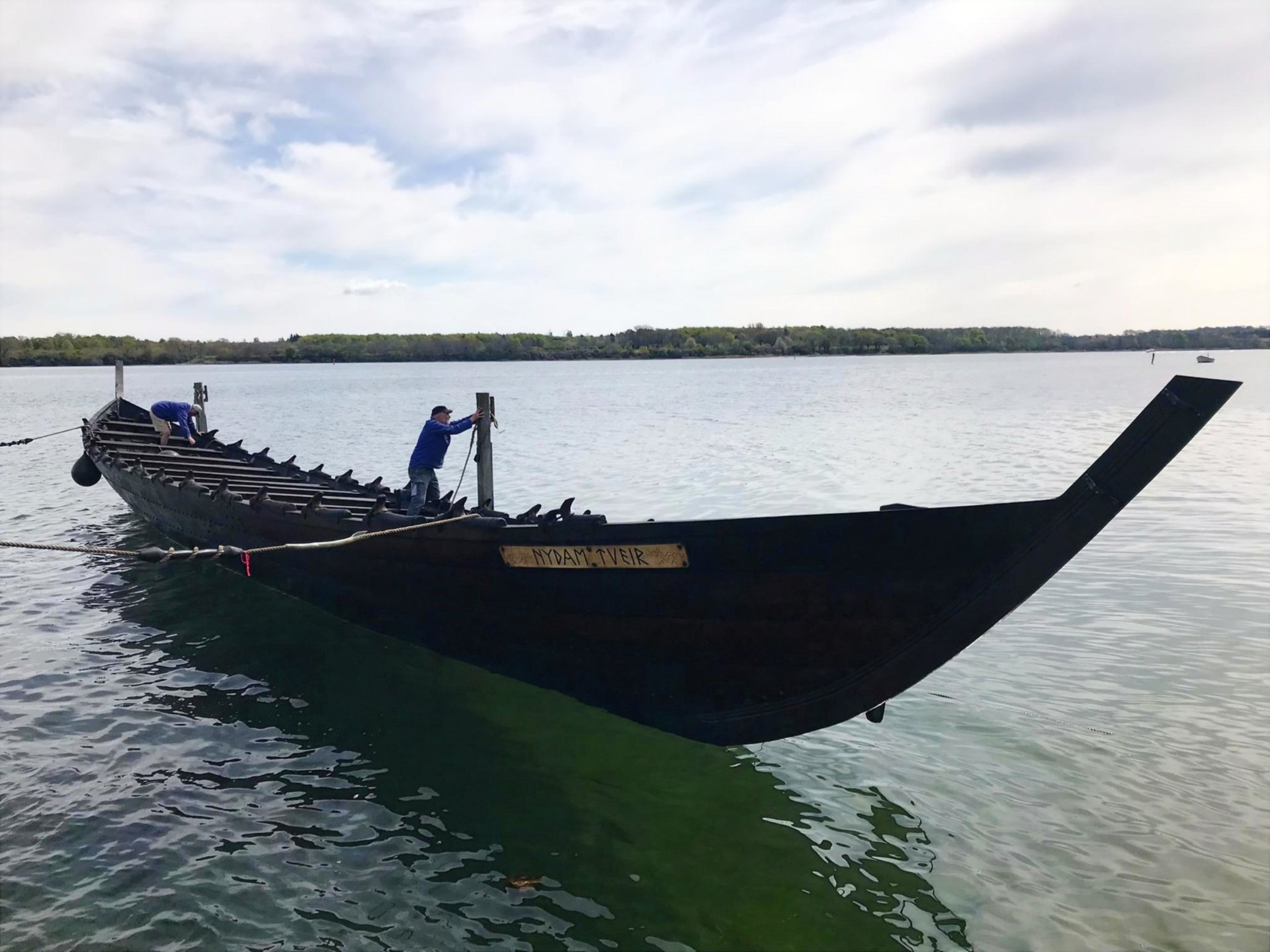
Anglian Origins – where England began
Walk the lands where England was born.
Follow the paths of the Anglians through the misty borderlands of Denmark and Germany — from sacred bogs and ancient ramparts to the waters that once carried them across the North Sea.
Guided Tour
Join a small-group tour to explore significant Anglian historical sites.
Where England Began
In the quiet borderlands of Southern Denmark and Northern Germany lies the homeland of the Anglians — the tribe who gave England its name. Here, among lakes and moors, they lived, fought and worshipped before crossing the North Sea to found the first English kingdoms.
At Ejsbøl, near Haderslev, archaeologists uncovered weapons, shields and even the skeleton of a war dog — signs of disciplined warbands inspired by Roman military organisation in the late Iron Age. These finds, now displayed at Haderslev Museum, show how the Anglians stood at the crossroads between the Roman world and the northern Jutish tribes.
Between the sacred bogs of Ejsbøl and Thorsberger Moor runs Olgersdiget, an early defensive wall built by the Anglians — perhaps to guard against their rivals, the Varini. Centuries later, their descendants in Mercia would build a similar earthwork, Offa’s Dyke, against the Welsh. North of Olgersdiget lies Vendervolden, another ancient line of defence, today watched over by a World War I bunker — a silent witness to later wars in the same contested land.
At Thorsberger Moor, weapons, armour and human remains were sacrificed to the gods. The name “Thor’s bog” may in fact preserve an older memory — perhaps of Týr, the war god later replaced in legend by Thor.
Farther west, at Gallehus, the famous Golden Horns were buried as ritual gifts — perhaps a farewell offering before the Anglians left their homeland for Britain.
At Nydam Mose, the Anglians offered captured ships to the gods after victory — including one built in Scania. One of them, the reconstructed Nydam Boat now floats again near Sottrupskov, while the original rests in Gottorp Castle Museum in Schleswig — both powerful symbols of the seafaring skill that carried the Anglians to their new home across the North Sea.
The village of Bornstein may once have been the Anglians’ royal seat before their migration — a last echo of power before they became the founders of Mercia, Northumbria, and East Anglia.
Whether legend or history, this landscape still whispers the first chapter of England’s story.
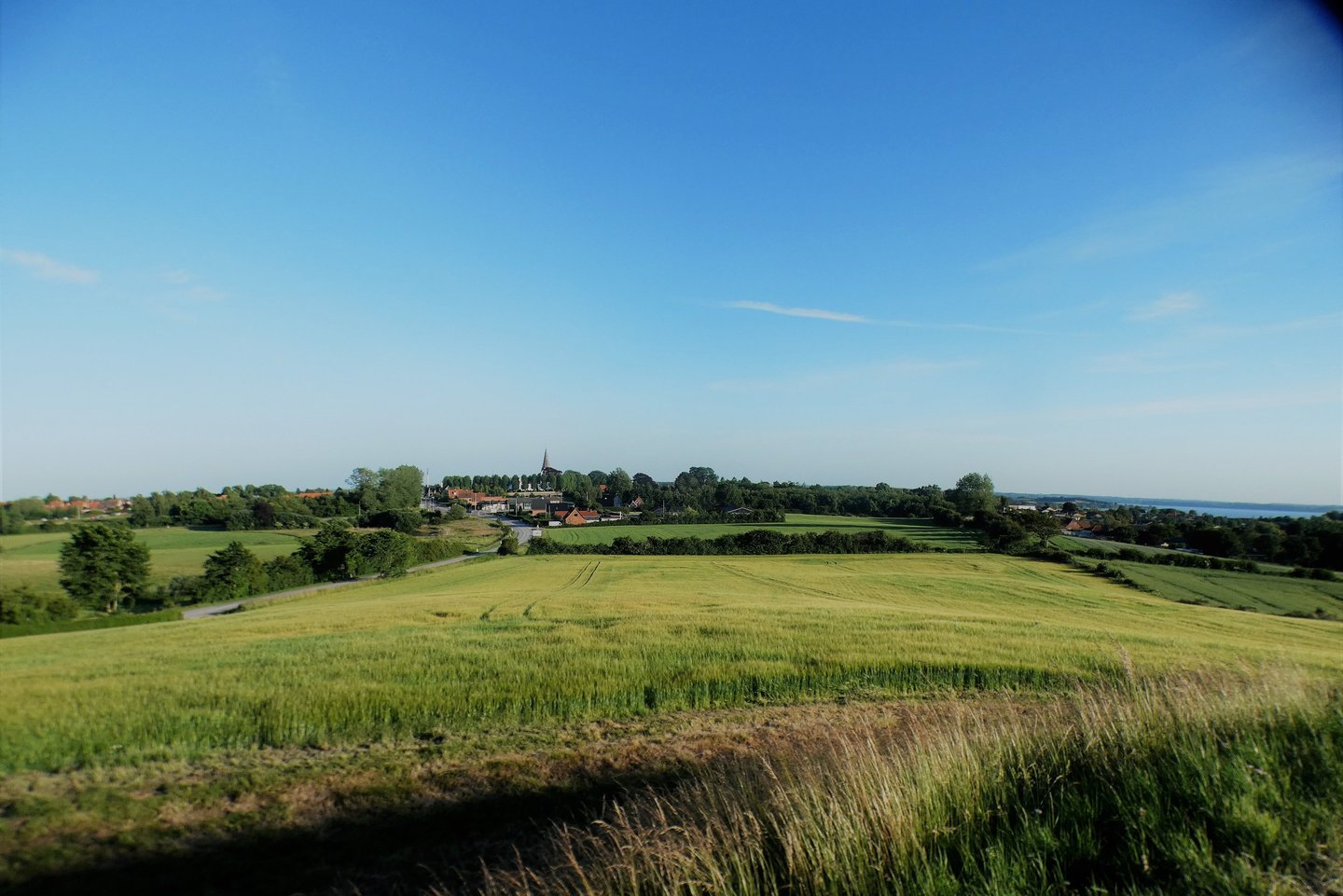

The Anglian Homeland Tour
Discover the key sites of the Anglians — the tribe who gave England its name:
• Ejsbøl – sacred bog where captured weapons and a war dog were offered after battle.
• Haderslev Museum – displays the Ejsbøl finds, showing Roman-influenced Anglian warbands.
• Thorsberger Moor – major Anglian ritual site where weapons and human remains were sacrificed.
• Olgersdiget & Vendervolden – great earthwork defences built by the Anglians against rival tribes.
• Nydam Mose & Sottrupskov – site of the famous boat offerings and the full-size replica.
• Gottorp Castle, Schleswig – home of the original Nydam Boat and other Anglian artefacts.
• Smøl Vold – Iron Age refuge fort guarding the borderlands.
• Neudorf-Bornstein – possible Anglian royal seat near Eckernförde, an early seafaring hub.
From sacred waters to royal strongholds — walk the landscape where England began.
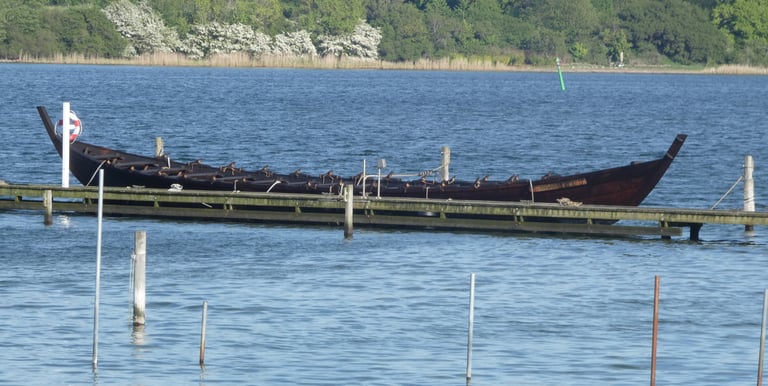

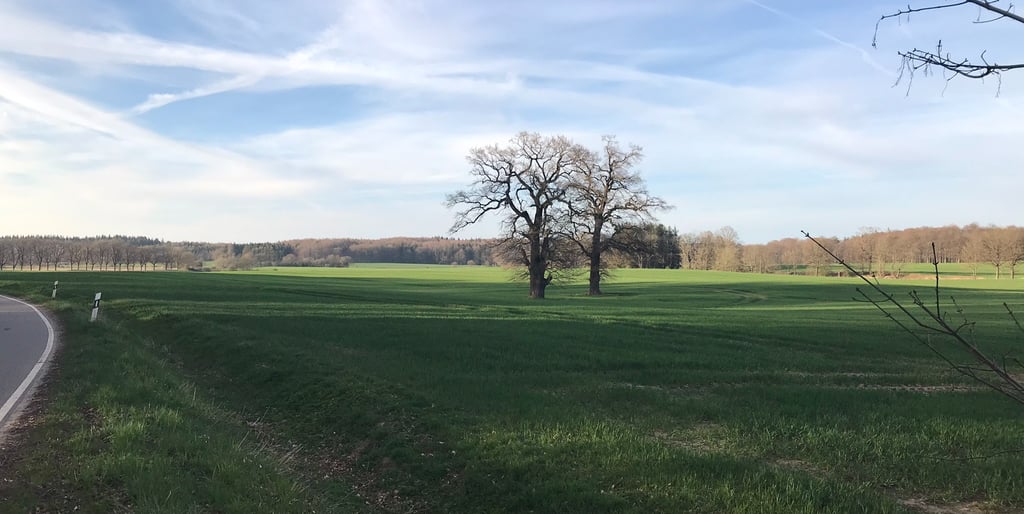

Historic Echoes — Beyond Anglia
The land where the Anglians once shaped the future did not become peaceful thereafter. Long before the great migration to Britain, Bronze Age communities warred over resources, control of trade routes and sacred sites. Evidence of hillforts, burial mounds, and weapon hoards testify to a region where power and faith were deeply entangled.
In later centuries, mighty walls such as Dannevirke were built, fortified, and reinforced — echoing the earthworks of the Anglians themselves. When 1848 and 1864 brought modern conflict to this border region, the raw landscapes of Schleswig and Sønderjylland again became battlegrounds, reshaping national boundaries.
During World War I, men from these border regions answered the call of empire — and echoes of trenches, bunkers and memorials linger in the fields. In 1940, armies marched over the same roads once tread by Anglian warriors.
Walking these routes today, you pass not just the footprints of early England — you walk through centuries of struggle, migration and memory. This is a landscape that has belonged to many eras, many tribes, and many stories.
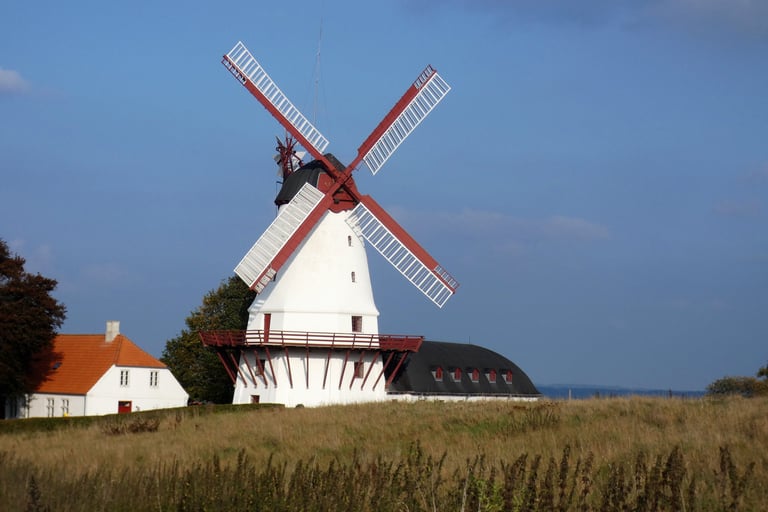

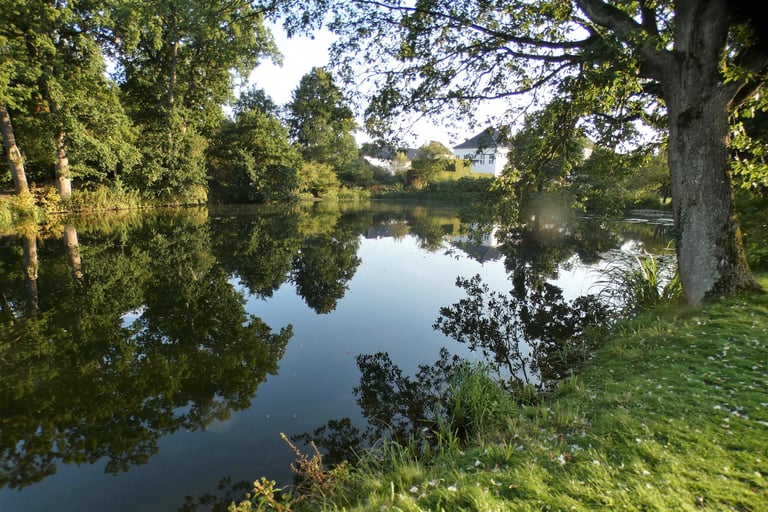

Join the tour / ask questions
Gallery
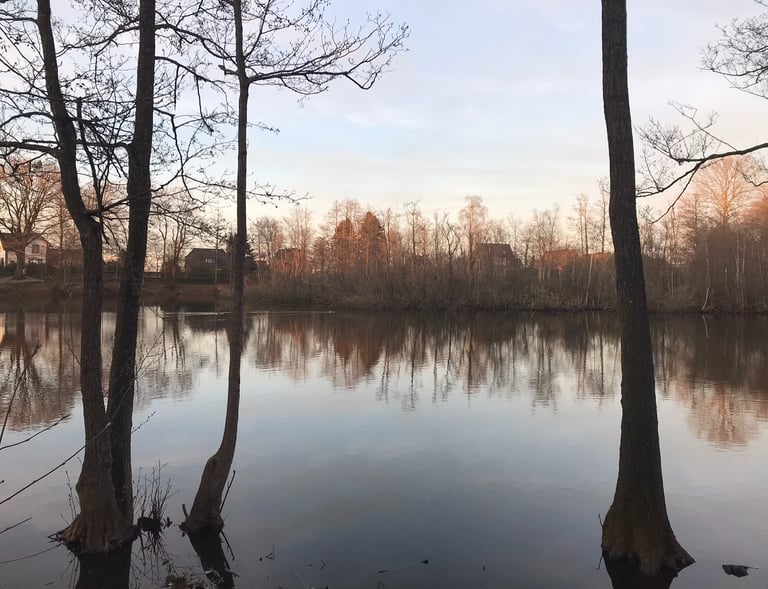

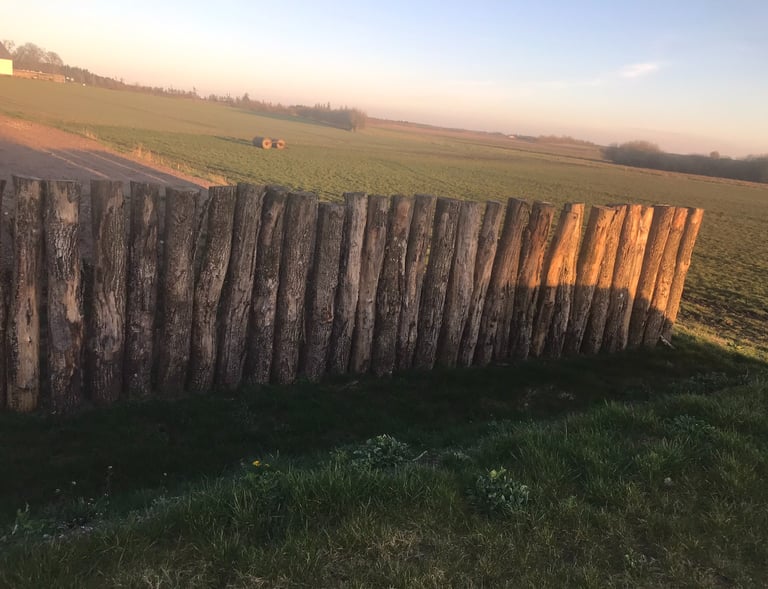

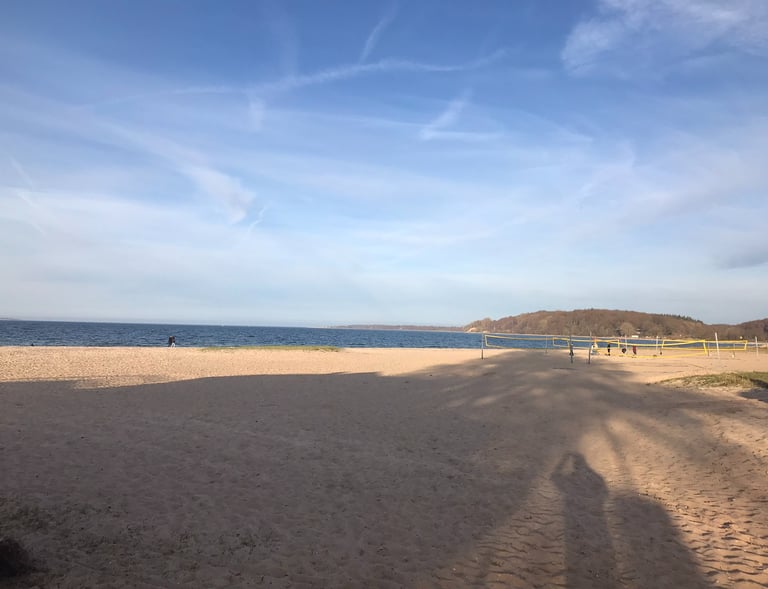

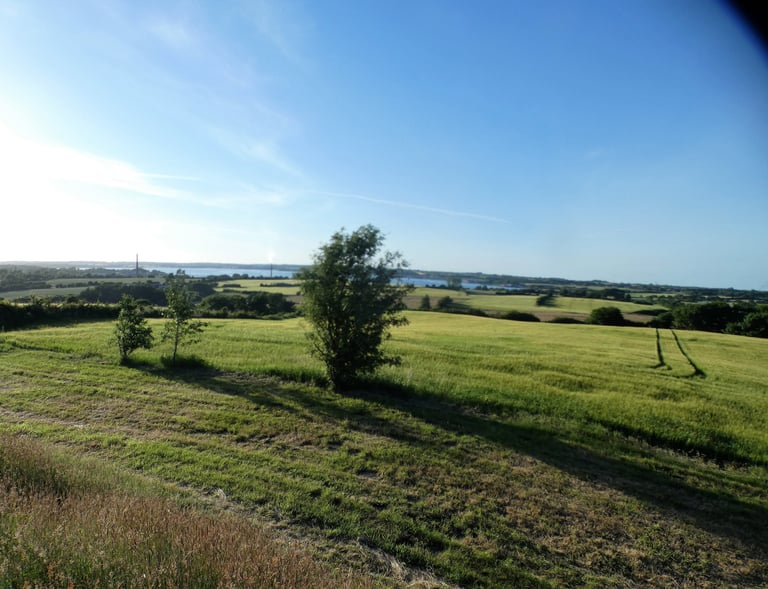

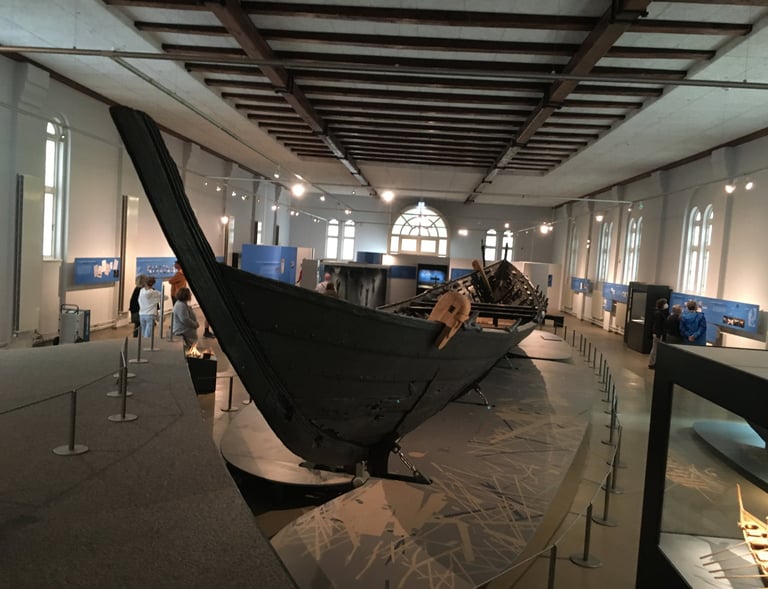

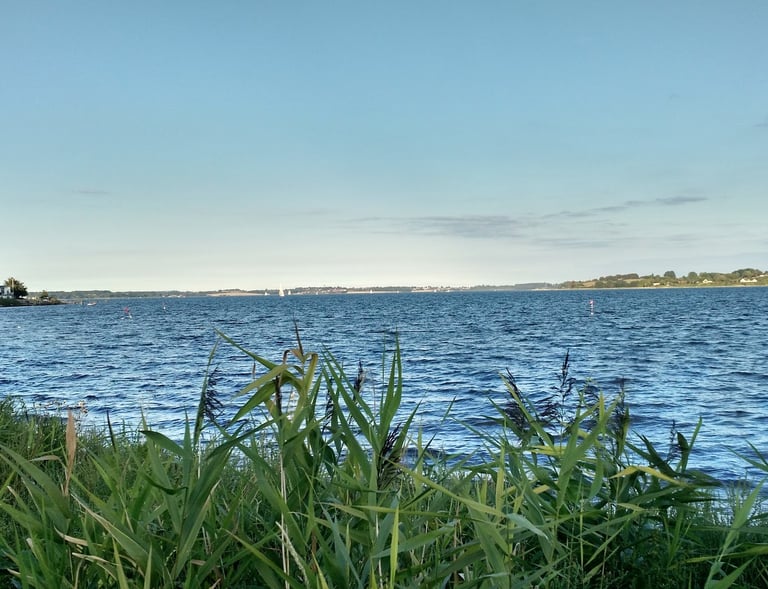

Discover the rich heritage of the Anglian tribe